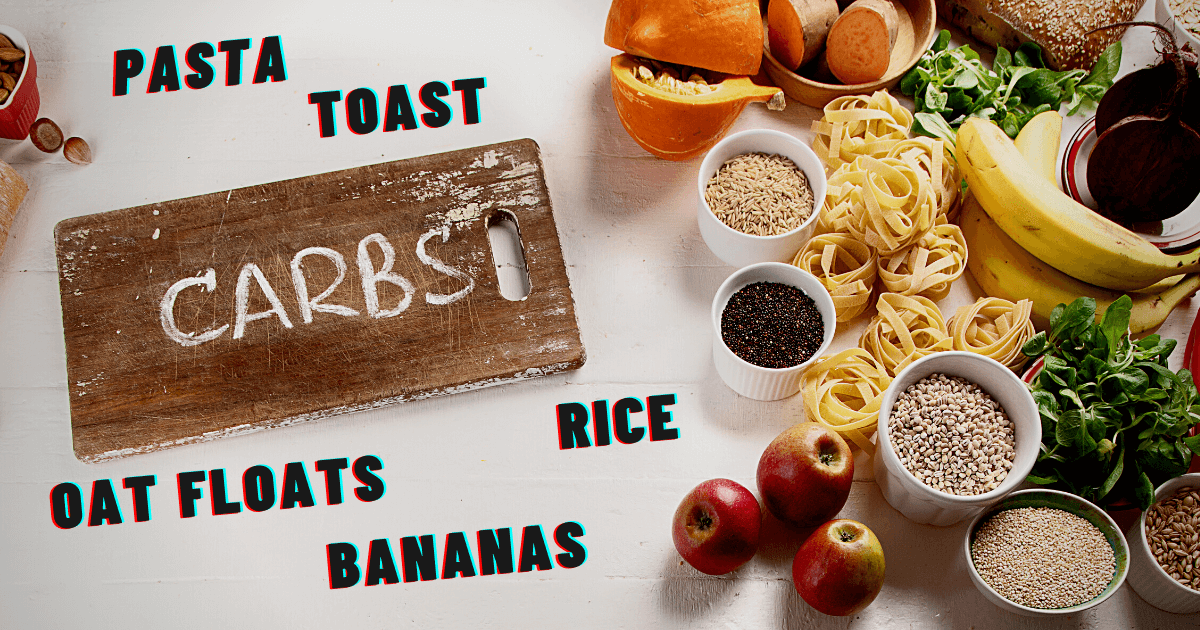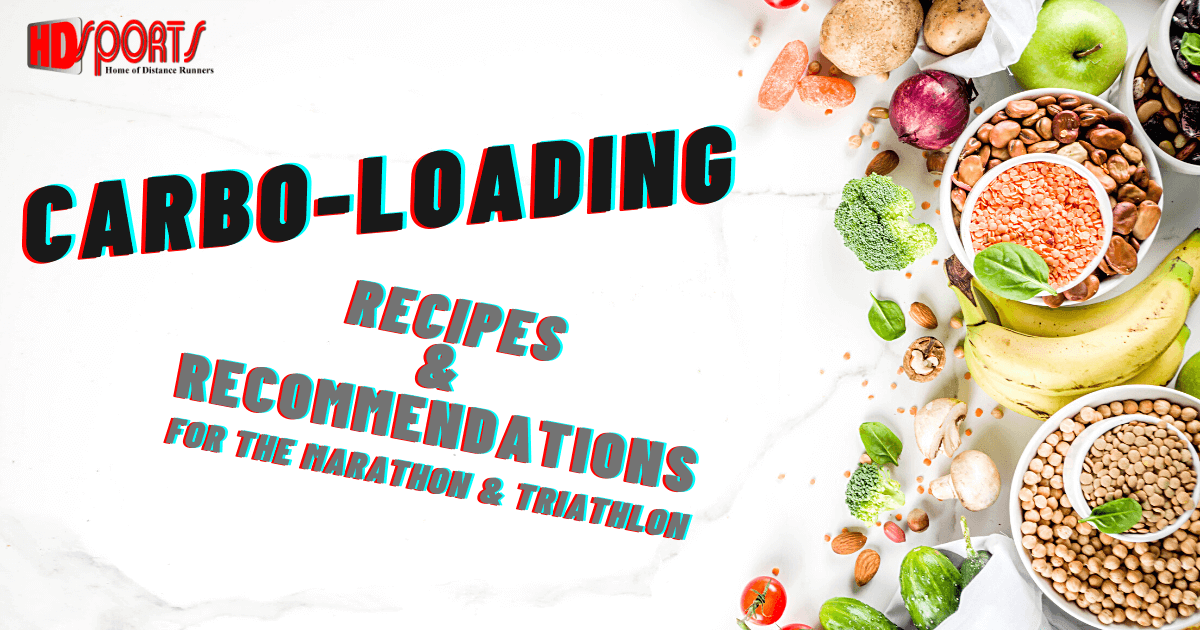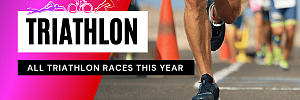Carboloading fills the carbohydrate stores (glycogen stores) as full as possible.
This can improve performance by two to three percent during long endurance competitions such as marathons or Ironmans.
Optimal carbo-loading can delay the point at which glycogen stores are completely depleted during a competition. If the glycogen stores are empty, this will lead to a drop in performance on the part of the athlete.
Carbo-loading before the marathon, triathlon or Ironman
If we manage to fill our glycogen stores as optimally (i.e. completely) as possible through carbo-loading, then these can provide us with around 90 minutes of energy before our depots are emptied and the muscles have to switch to fat burning. Therefore, in long competitions, such as marathons or long-distance triathlons, our body must also be supplied with energy during the competition.
Carbo-loading is therefore essential during long competition disciplines. These include:
- Marathon running
- Half marathon (at least for hobby runners), but here a shorter phase of carboloading is sufficient.
- Long distance triathlon / Ironman
- Middle distance triathlon
- Various other endurance sports with a length of well over 90 minutes
Carbo-loading: Methods
The classic method is to replenish carbohydrate stores in the last few days before an important race. However, there are other methods that are riskier but can also be more effective. A popular and often practiced example is the Saltin diet. Many top marathon runners rely on this diet. In this diet, the carbohydrate store is emptied as completely as possible before the actual carbo-loading. In the first phase, which lasts about four days, carbohydrates are completely avoided and the fat intake is increased. During this period, one must expect fatigue and sluggishness during training; in addition, the weakened body is also more susceptible to infections, i.e. a thoroughly risky undertaking. This is followed by intensive carbo-loading, so that ideally the carbohydrate stores are completely filled on competition day. More about the Salitin diet here: Nutrition before and during the marathon!
The "normal variant" is an increase in carbohydrate intake in the last four days before the race (without previous diet), so that the glycogen stores are also completely filled at the start.
How many carbohydrates should there be?
Carbo-loading sounds quite simple in principle: as many carbohydrates as possible in the last few days before the marathon! But the implementation also has its pitfalls. Because in practice, an optimal filling of the carbohydrate stores is anything but simple. About two thirds or a little more of the energy should be taken in by carbohydrates in the last days before the competition (in absolute values: approx. 8 - 10 grams of carbohydrates per kilogram of body weight). An intensive examination of the nutritional values is therefore essential, especially since it is not at all easy to achieve this high value of carbohydrates. Several small meals (i.e. snacks / snacks in between) are more effective than three large meals in this case.
By the way, you don't have to be afraid of long-term weight gain. One gram of carbohydrates stores three grams of water around 20 mg of potassium. You will get rid of this valuable water after the marathon anyway.
Carbo-loading recipes

The following dishes are particularly suitable for Carbo-Loading:
- various pasta dishes (no wholemeal!!!)
- Bread / bread rolls / toast (not wholemeal)
- Rice (no wholemeal)
- Oatmeal
- Potatoes
- Fruit juices
- Bananas
- Applesauce / fruit puree
- Gummi bears
By the way, it is anything but easy to get to the desired daily values. Let's say an 80 kilogram runner wants to consume 10 grams of carbohydrates per kilogram of body weight per day. So that's 800 grams of carbohydrates per day. A banana has about 20 grams of carbohydrates. So just eating bananas won't get you far, unless you want to eat 40 bananas a day. With a mix of foods, of course, you get closer. Also important are drinks, which are often underestimated or neglected when it comes to carbo-loading. Especially fruit juices and smoothies can contain a large amount of carbohydrates.
Golden rule: little fat, little fiber and many carbohydrates are ideal. Highly satiating products (whole grain bread, salads, raw vegetables) should be avoided if possible, otherwise there will be too little appetite for the large amounts of necessary carbohydrates due to rapid satiety.
On the last day before the race, eat only very easily digestible foods. Starting the marathon with a full stomach can completely negate all the positive effects of carboloading.
The most important facts about carboloading summarized
- Many carbohydrates, little fat, little fiber
- Start 4 days before the competition
- Daily 8 - 10 grams of carbohydrates per kilogram of body weight
- Several meals spread out (breakfast, morning snack, lunch, afternoon snack, evening)
- No nutrition experiments, only eat well digestible food
- Also rely on carbohydrate-rich liquids for beverages
You need marathon inspiration? The 25 most beautiful marathons in the world





![Running in Slovakia - All Races 2024 [Running Calendar] Running Races in Slovakia](/images/thumbnails/raxo/ramp/tb-w300-h100-crop-int-dd0423aa1da6425db5e549c468c03ada.jpg)
![Running events in October 2024 [Running Calendar] Running calendar: Running competitions in October](/images/thumbnails/raxo/ramp/tb-w300-h100-crop-int-ceb5dc3f8478d140968955d308b73ec9.jpg)

Kommentare zum Artikel
Alle Kommentare und Meinungen zu diesem Beitrag